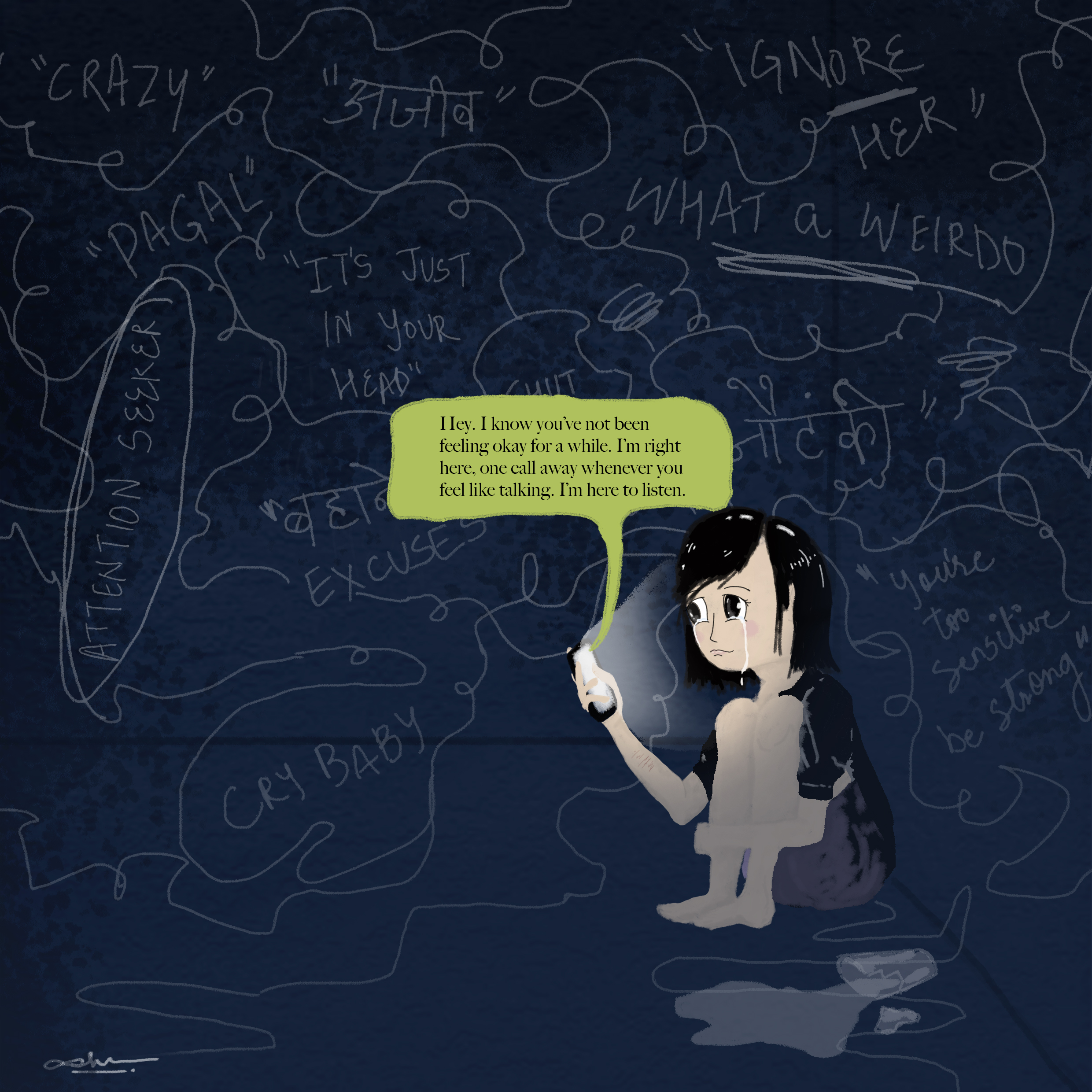Volume 3 Issue 4 April, 2013
Schizophrenia is a major psychiatric disorder characterized by hallucinations, delusions, disorganized behavior etc. which are called positive symptoms. However there are another set of manifestations which is called negative symptoms comprising apathy, anhedonia, poor social interaction and poor emotional reactivity. They lack a drive or motivation to pursue goals, their inability to express emotions. There is withdrawal from friends and family resulting in aloofness. Poor emotional reactivity is seen as a lack of facial expressions, intonations in the voice and reduction in gestures while talking.
Negative symptoms may be primary or secondary. They are called Primary when they occur as a part of the illness. The type of schizophrenia with primary negative symptoms is also called the ‘Deficit subtype’. Secondary negative symptoms are those seen in some patients on antipsychotics who develop extrapyramidal side effects, viz, masked facies, decrease in movements, apathetic look etc. Antipsychotics cause sedation and also affect the dopamine reward system, which in turn affects the motivation of the individual. Studies on cerebral regional blood flow and SPECT show hypoperfusion in the right orbitofrontal cortex in these patients. There is a controversy as to whether the gray matter is more or less in the deficit subtype according to the results of certain studies. It is very essential to differentiate between these two types as management of each differs. SANS (Scale for Assessment of Negative Symptoms) is the scale used to assess the negative symptoms of schizophrenia. CAINS (Clinical Assessment Interview for Negative Symptoms) is another tool used to assess the same.
Patients with predominantly negative symptoms are generally less responsive to antipsychotic treatment. But there have been many studies on the usefulness of atypical antipsychotics especially clozapine. This is especially because of their action on the serotonin receptors. Drugs like risperidone, olanzapine, amisulpiride etc have been found useful. SSRIs(Selective Serotonin Reuptake Inhibitors) too have been tried. Non pharmacological treatment modalities have also been tried. A review of the studies on rTMS(repetitive transmagnetic stimulation) in the treatment of negative symptoms of schizophrenia shows that there may be promising results, but the exact potential of rTMS is not known. Along with pharmacological management, social skill training, behavioural therapy with positive reinforcement and family education in integral part of management of negative symptoms.

JSS Medical College Hospital, Mysore

